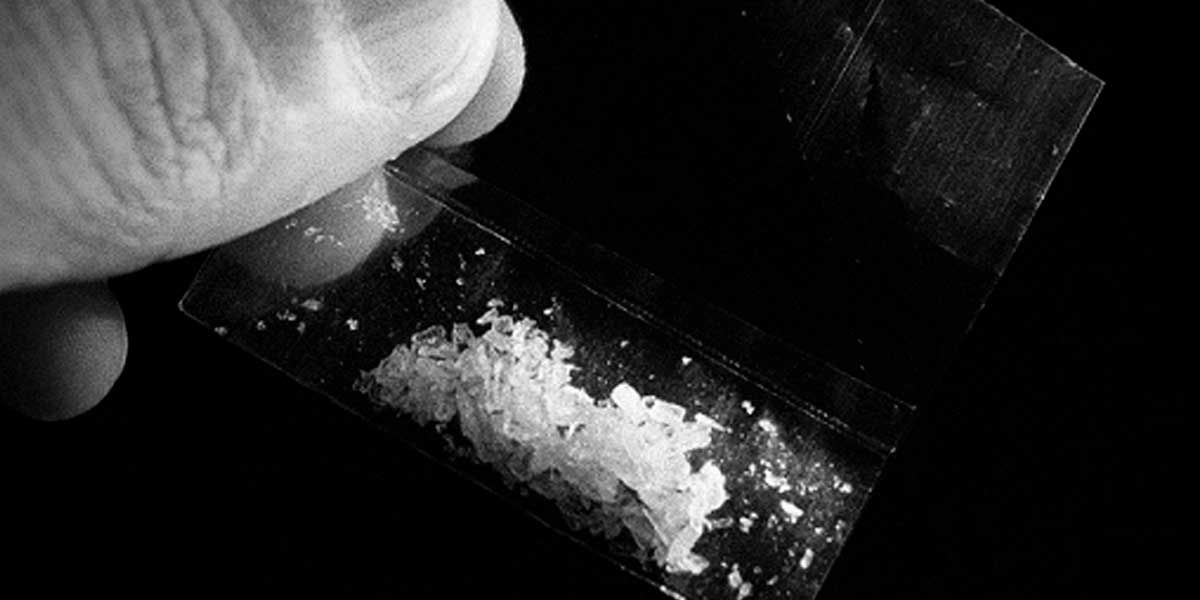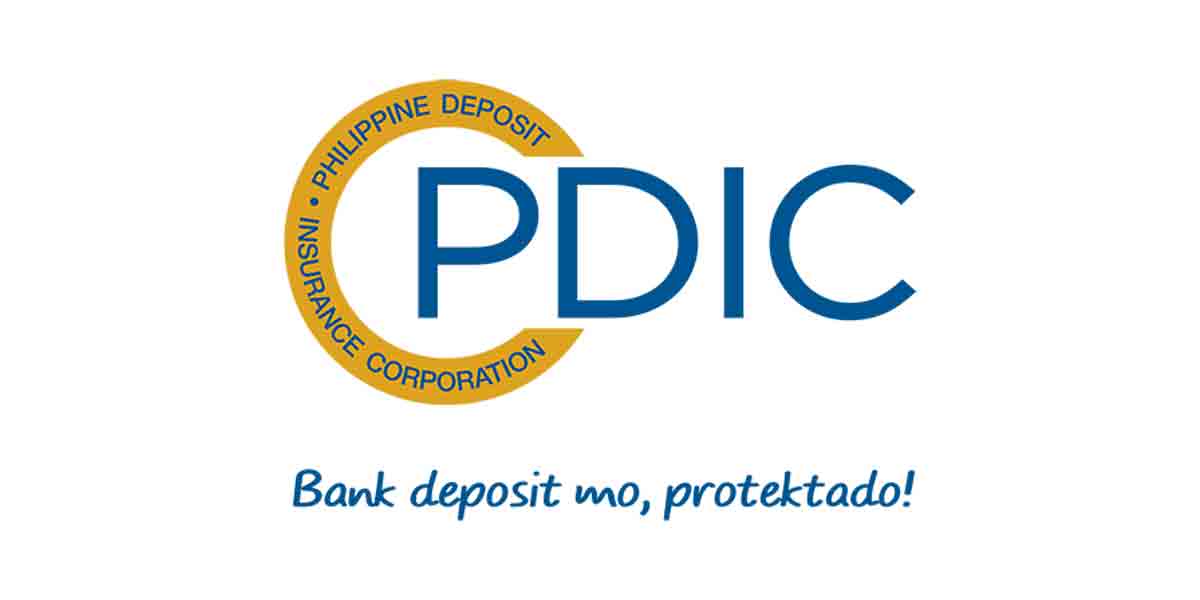 By Herbert Vego
By Herbert Vego
IF you don’t know what TAMA stands for, you are not alone. Most Filipinos don’t know that it stands for the Traditional and Alternative Medicine Act, signed by then President Fidel Ramos in 1998.
Originally proposed by the late Senator Juan Flavier as Senate Bill 1471, it created the Traditional Medicine Authority (TMA) which would be responsible for the systematic and scientific development of alternative and traditional medicine in the Philippines. It was intended to complement, not displace, conventional medical practice.
President Ramos predicted that it would end the passivity of the government in promoting cheap herbal alternatives. How wrong he was!
After 21 years, unfortunately, the law has hardly taken off – no thanks to the hostility of the Philippine Medical Association (PMA), which had attempted to block its passage on the pretext that it would stall, rather than advance, medical science.
The TMA, on the other hand, has surprisingly made itself inactive – probably due to PMA pressure. Deafening is its silence vis-à-vis the foul tactics of multinational drug companies to discredit effective herbs.”
The TMA has reneged on its mandate to provide the administrative framework for the protection of the herbal medicine industry from both local and foreign threats.
And so on their own, a few local drug companies have taken advantage of the law by synthesizing indigenous medicinal plants into tablets, capsules and syrup. Among them are lagundi, for cough and asthma; tsaang gubat, an antispasmodic; akapulco, atifungal; and sambong, a diuretic; yerba buena, antipyretic; and ampalaya, anti-diabetic.
The four others that the Food and Drug Administration (FDA) has validated as medicinal plants are bawang (local garlic), anti-cholesterolemia; bayabas (local guava); niyug-niyogan, anti-helmintic; and ulasimang bato, anti-hyperuricemic agent.
There are cheap herbal teas which, though classified only as food supplements, are as good as expensive drugs. I should know. I drink laxative tea made from senna leaves whenever I am constipated. I poop out within eight hours. Each senna teabag costs only six pesos.
Had TAMA been fully implemented by TMA in collaboration with the FDA, an estimated 70 other folkloric plants would have already been approved for therapeutic uses. The vegetable malunggay, for instance, when encapsulated, still bears the FDA-required warning “no approved therapeutic claim.” And yet it sells like hotcakes simply because users find it effective against hypertension, arthritis, scabies and constipation, among others. No wonder manufacturers of “junk noodles” have decided to enrich them with malunggay.
By trial and error, hard-up individuals have proven for themselves the reasonableness of going back to natural medicines like the ones already cited. You must have read of the case of a cervical cancer patient who survived by drinking boiled rosas sa baybayon.
No doubt the failure of the law to right the wrong image of traditional medicine as quackery stems from the bias of Filipino physicians for conventional Western pharmacology as taught in medical schools. Multinational drug companies, fearful of diminishing patronage, sponsor yearly foreign junkets for popular specialists who prescribe their branded drugs. Moreover, proud physicians cling to the belief that primitive medicine is obsolete in modern times. They would not have spent a decade in college if they would only end up as “glamorized herbolarios.”
It cannot be denied, however, that bigger countries have extensively explored indigenous and alternative healing traditions like acupuncture and acupressure.
The so-called nutritional medicine – made up of fruits, herbs and vegetables — was the stuff that the Greek father of medicine, Hippocrates (460-357 BC), prescribed to his patients.
Unfortunately, today’s doctors who still swear by the Hippocratic Oath have gone astray.
—0—
DPWH SHOULD BE HELD LIABLE
WE have yet to hear anybody from the Department of Public Works and Highways (DPWH) apologize over the severe destruction caused by its backhoe on a 90-megawatt submarine cable transmission line while dredging along the Bio-os River in Amlan, Negros Oriental.
A submarine electricity cable is one laid on the sea bed between land-based stations to transmit power.
The accident that damaged a power-transmission line of the National Grid Corporation of the Philippines (NGCP) reduced its transmission capacity, triggering price increases that distribution utilities in Panay and Negros would pass on to consumers in the billing month of August 2021.
While it was not the DPWH itself that worked on the dredging project, it had awarded the job to a private contractor. Hence, the DPWH should compel the contractor to pay the cost and repair of the damaged facility, n doubt amounting to millions of pesos.
Engineers from the DPWH reasoned out that the contractor had deviated from the location of the dredging agreed upon. Otherwise, the accident could have been avoided.
On second thought, shouldn’t knowledgeable DPWH representatives themselves have supervised the dredging?
The technical men from NGCP and foreign sources are now working to rehabilitate the submarine cable.
Alas, the ultimate losers are the power consumers who would be slapped the price increases in their monthly bills until such time when repair work would have been completed.
I understand that the electric cooperatives have consequently pushed up its residential rate from P11 to P12 pesos per kilowatt-hour.
Fortunately for residents of Iloilo City, MORE Power still charges the lowest price. From P6.45, it would charge only P7.99/kWh – an increase of only P1.53. The new rate is still much lower than the amount of P10 that MORE had imposed in June.
To quote Niel Parcon, head of MORE Power’s Corporate Planning Department, “We are very sad with this development since we have been exerting all our efforts to lessen the burden of our consumers.”




















